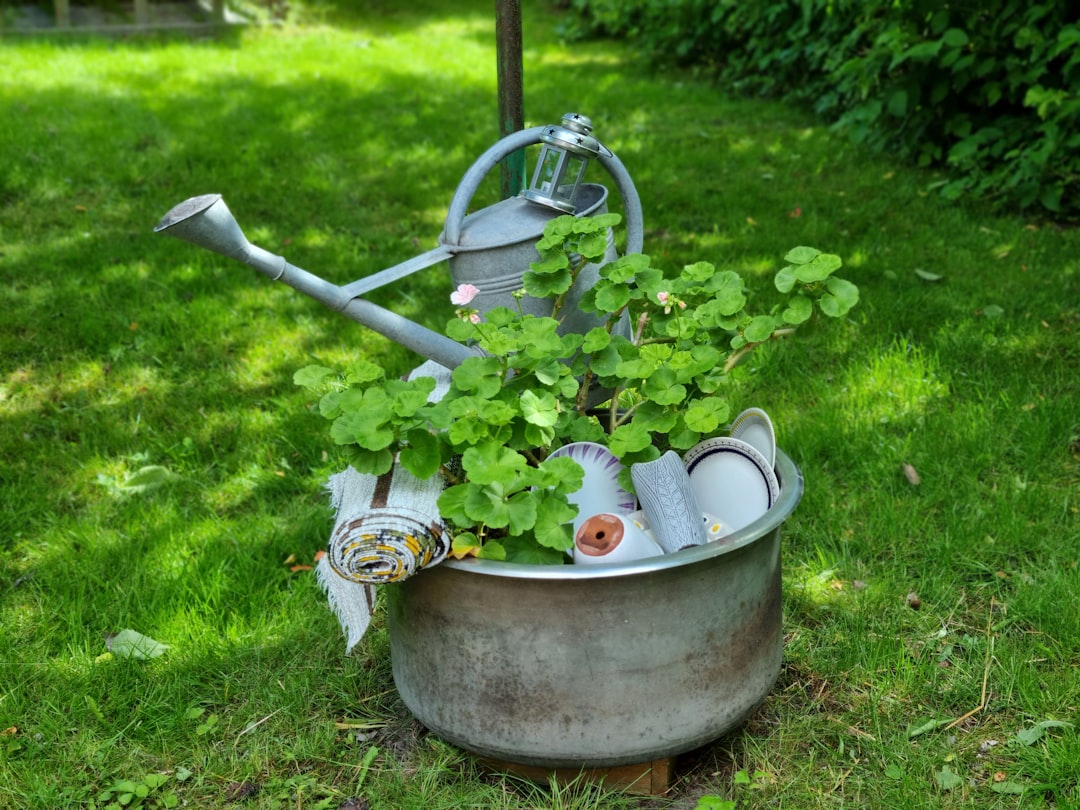The Mystery of Zucchini Flowers Without Fruit: A Gardening Dilemma

Edible gardening is a rewarding endeavor that allows us to connect with nature and enjoy the fruits (and vegetables) of our labor. Among the many delights of a vegetable garden, zucchini is a popular choice due to its versatility and relatively easy cultivation. However, one common issue that gardeners often encounter is having an abundance of zucchini flowers but no fruit. In this article, we will explore the possible reasons behind this phenomenon and discuss the steps you can take to address it.
### Understanding Zucchini Flower Biology
Before delving into the reasons for the lack of fruit, it's important to understand the basic biology of zucchini flowers. Zucchini plants produce both male and female flowers. Male flowers typically appear first on the plant. They are characterized by a long, thin stem and a single stamen in the center. Female flowers, on the other hand, have a small, swollen ovary at the base of the flower, which will eventually develop into the zucchini fruit if pollinated successfully.
### Possible Reasons for No Fruit
1. Lack of Pollination
One of the most common reasons for zucchini flowers not turning into fruit is a lack of pollination. Pollination is the process by which pollen from the male flower is transferred to the female flower. This can occur naturally through the help of pollinators such as bees, butterflies, and other insects. However, if there are not enough pollinators in your garden, or if the weather conditions are unfavorable for pollinator activity (e.g., cold, rainy days), pollination may not occur effectively.
2. Poor Flower Development
Sometimes, the female flowers may not develop properly, which can prevent them from being fertilized. This can be due to a variety of factors, including nutrient deficiencies in the soil, improper watering, or extreme temperature fluctuations. For example, if the soil lacks essential nutrients like phosphorus and potassium, the flowers may not form correctly.
3. Overcrowding
If your zucchini plants are overcrowded, they may not have enough space to grow and develop properly. This can lead to poor air circulation, which can in turn increase the risk of diseases and pests. Additionally, overcrowded plants may compete for nutrients and water, which can affect the overall health of the plant and the development of the flowers and fruit.
4. Pests and Diseases
Pests and diseases can also take a toll on zucchini plants and prevent fruit formation. Common pests that affect zucchini include aphids, squash bugs, and cucumber beetles. These pests can damage the flowers and leaves, making it difficult for the plant to produce fruit. Diseases such as powdery mildew and bacterial wilt can also weaken the plant and reduce its ability to set fruit.
### Solutions to the Problem
1. Encourage Pollination
To increase the chances of pollination, you can take several steps. First, plant flowers that attract pollinators near your zucchini plants. Some good choices include marigolds, lavender, and borage. These flowers will not only add beauty to your garden but also attract bees and other beneficial insects. You can also try hand - pollinating the zucchini flowers. To do this, use a small brush or cotton swab to transfer pollen from the male flower to the female flower. Gently touch the stamen of the male flower to collect the pollen and then transfer it to the stigma of the female flower.
2. Improve Soil Conditions
Make sure your zucchini plants are growing in well - drained, fertile soil. Test the soil regularly to determine if there are any nutrient deficiencies. If necessary, add organic matter such as compost or well - rotted manure to the soil to improve its structure and fertility. You can also use a balanced fertilizer to provide the plants with the essential nutrients they need for healthy growth.
3. Thin Out the Plants
If your zucchini plants are overcrowded, carefully thin them out to give each plant enough space to grow. This will improve air circulation and reduce the risk of diseases. Aim to space the plants at least 2 - 3 feet apart.
4. Control Pests and Diseases
To prevent and control pests and diseases, practice good garden hygiene. Remove any dead or diseased leaves and plants from the garden promptly. You can also use natural pest control methods such as neem oil or insecticidal soap to treat pest infestations. For diseases, make sure to provide proper air circulation and avoid overhead watering, as this can promote the growth of fungi.
In conclusion, having zucchini flowers but no fruit can be a frustrating problem for gardeners. However, by understanding the possible causes and taking the appropriate steps to address them, you can increase the chances of a successful zucchini harvest. With a little patience and care, you'll soon be enjoying the delicious zucchinis from your own edible garden.